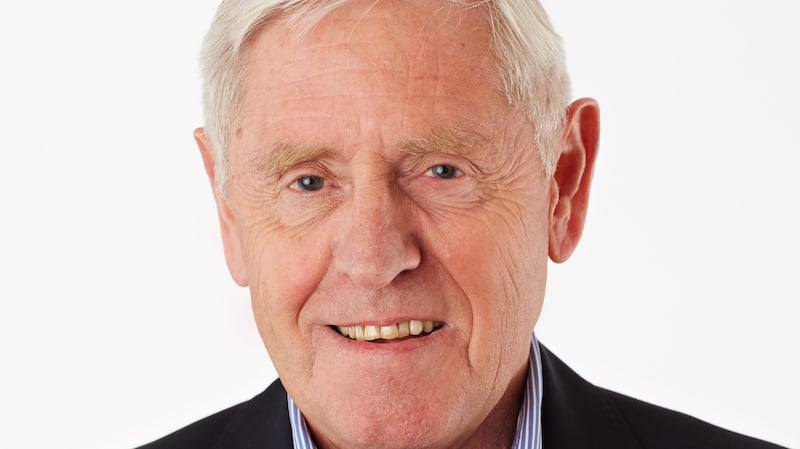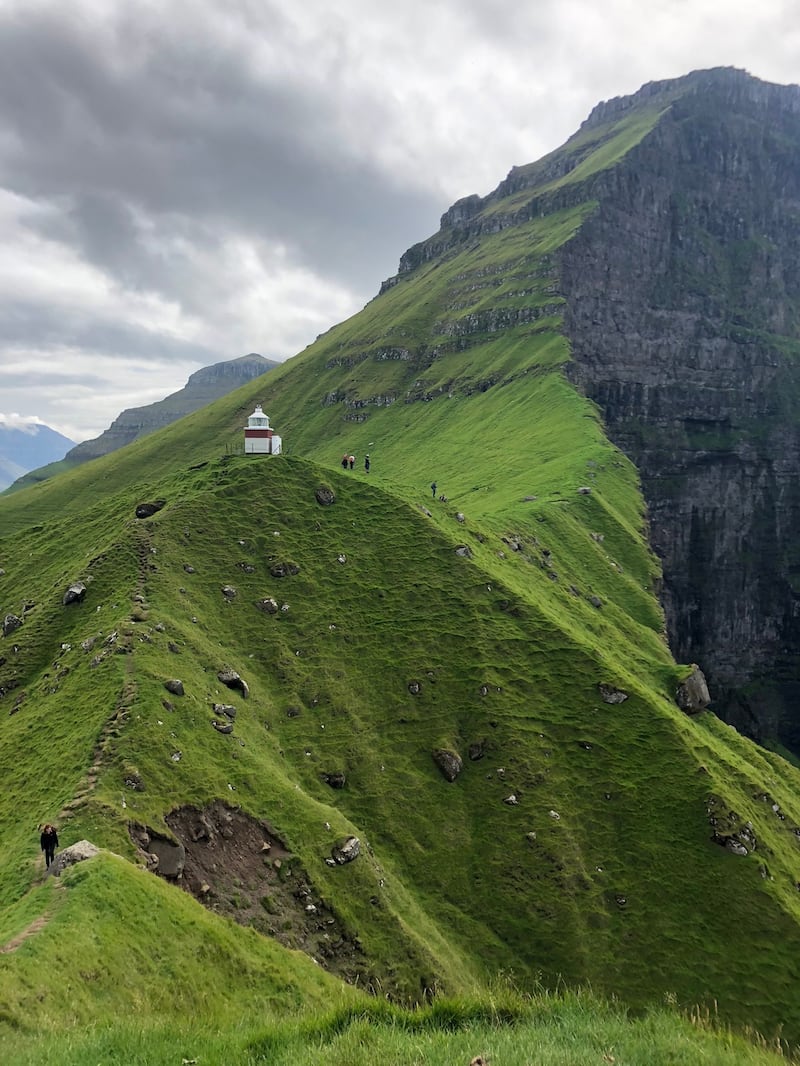There's an old anecdote that most locals of Suðuroy, the southernmost of 18 mountainous islands that make up the Faroe Islands, are familiar with. It tells the story of how some time back in the 1980s, a black African man was spotted on the streets of Tvøroyri village. Such was the uniqueness of the sighting that the local newspaper ran a story on it.
Some three decades on, things are very different for the semi-autonomous nation that forms part of the Kingdom of Denmark. The Faroese are accustomed to seeing foreign nationals on their streets and in society, given that they now account for about 3 per cent of the 50,000 population – and the proportion is rising steadily.
Many of these newcomers have come from neighbouring Iceland, but more striking is the influx of migrants from southeast Asian countries such as the Philippines and Thailand. Today the roughly 1,300 immigrants in the Faroe Islands come from more than 80 different countries.

Mindful of the lessons learned by other European countries, the Faroese government has been quick to introduce integration measures to ensure these new arrivals can settle into a society that, for much of its history, has been a highly homogenous nation.
The municipality of Klaksvík, the second-largest town in the nation, was the frontrunner in implementing a policy that reflects this societal shift.
“When we started all this, it was because we had an opportunity that other countries didn’t have,” says Jógvan Skorheim, mayor of Klaksvík. “We knew that this [immigration trend] would be the future and that there would be more people from abroad coming to our country, so we had a golden opportunity to do something from the start and, most likely, to do it correctly.”
![Jógvan Skorheim, mayor of Klaksvík: “We knew that this [immigration trend] would be the future”](https://www.irishtimes.com/resizer/v2/OQXBY2FLRBU6FKST4VBTVPVZHY.jpg?auth=b17336ef8da0d1d5735e79e00950daa3da2a2b3c782d611e03c028369b744663&width=800&height=450)
Globalised world
In 2014 the mayor and his municipal government established an integration policy called Klaksvíkar Kommuna (A City for Everyone), with the aim of enabling Klaksvík to adapt to a more diverse and globalised world. It includes the implementation of a curriculum for Faroese language learning for foreigners, organising various cultural events throughout the year and offering immigrants opportunities for entrepreneurship.
“When we developed this policy we connected with several of the foreigners who live in Klaksvík, asked them about how it was living there and what they think should be done differently,” Skorheim explains.
One of those consulted was Kinga Eysturland, a Polish immigrant who has been living in the Faroe Islands for the past seven years and is a member of the Klaksvík Integration Committee, a body set up under Klaksvíkar Kommuna.

While living and studying in Copenhagen, Eysturland met her husband, who is a naturalised Faroese. She now owns and runs a guesthouse and spa salon in Klaksvík, and explains that most immigrants in the Faroes regard language as the biggest barrier to integration, something she identifies with. Her biggest challenge is not being part of a Faroese family.
“My husband is originally Russian, which means that neither of us has any relatives in the Faroes,” she says. “Having a Faroese spouse and being a part of a Faroese clan is crucial to be able to integrate successfully. The Faroese society is still very tribal, nepotism is common and without having any Faroese connections, things like getting a job or making local friends are difficult.”
Rainer Latupeirissa, a construction worker from Indonesia who has been living in the Faroe Islands for 10 years having married a Faroese woman, echoes the sentiment about linguistic barriers.
“The biggest challenge has been the language. It is not even close to my mother tongue,” he says. “My hope for the future is that the government’s language course can be improved, even to the extent that people are able to get a Faroese language diploma of some level; perhaps to be able to use that to study further in the Faroes.”
Danish remit
While the Faroe Islands governs the majority of its domestic affairs through its own parliament, immigration controls remain under the remit of Danish authorities. It’s a role the Faroese government is seeking to acquire but, for now, it must settle for controlling who is allowed to work in the country but not who passes through its borders.
Poul Michelsen, the Faroese minister of foreign affairs and trade, says his government’s integration policy is still very much a work in progress, despite having a head start on other European countries.

“If you are to ask me, ‘are we doing enough?’ I’d say no,” he says. “It’s about at least trying to update [the policy] and continue to do so in the future because, of course, the consequences of not [doing so] is what has happened in other countries and we don’t want to experience that. We are aware of it, and we are aware that [immigrants] have been a very good support to society. They work hard, they are good citizens and we don’t seem to have any kind of opposition to them.”
Small numbers
The lack of any real opposition might come down to the fact that, at present, we are still talking about relatively small numbers. Perhaps it has something to do with the Faroes’ own history of emigration, which gives locals an understanding of the plight of immigrants to their own shores.
According to Michelsen, the Faroese are among the most flexible workers in Europe and know a thing or two about having to relocate in order to find a better life.

“We are very used to going abroad and also we have lots of people working in the navy and on oil rigs, working as fishermen and working on freight ships all over the world,” he says. “So I think we are very much aware of how to adapt in that way. That’s what gives us an understanding of why other people also want to come here.”
While the flow of migrants to the Faroe Islands is increasing, the numbers remain manageable. What the government wants to ensure is that sufficient measures are in place to help these people integrate seamlessly into society. Michelsen, and others like him, view this immigration as something positive that will help enrich and develop Faroese society.
“It’s important that we have people from different parts of the world,” he says. “I see it as a quality. Of course, there is a limit for everything – so a good balance of people coming from other countries to the Faroes, that’s the intention for us.”










